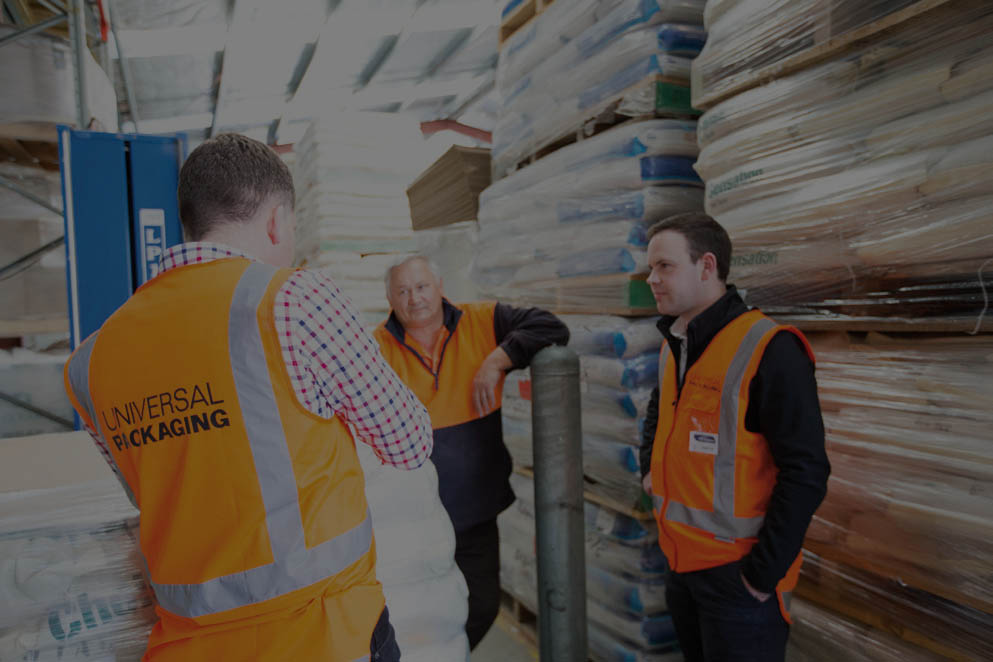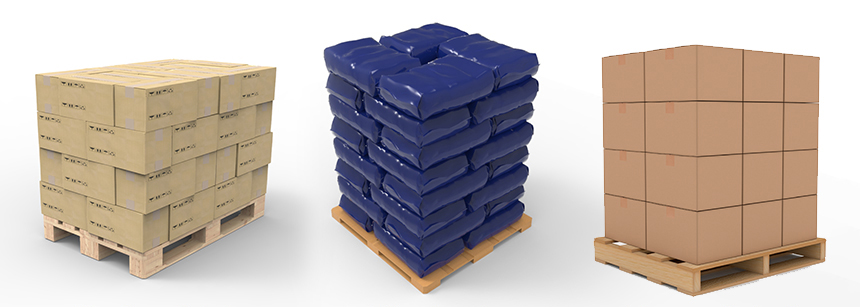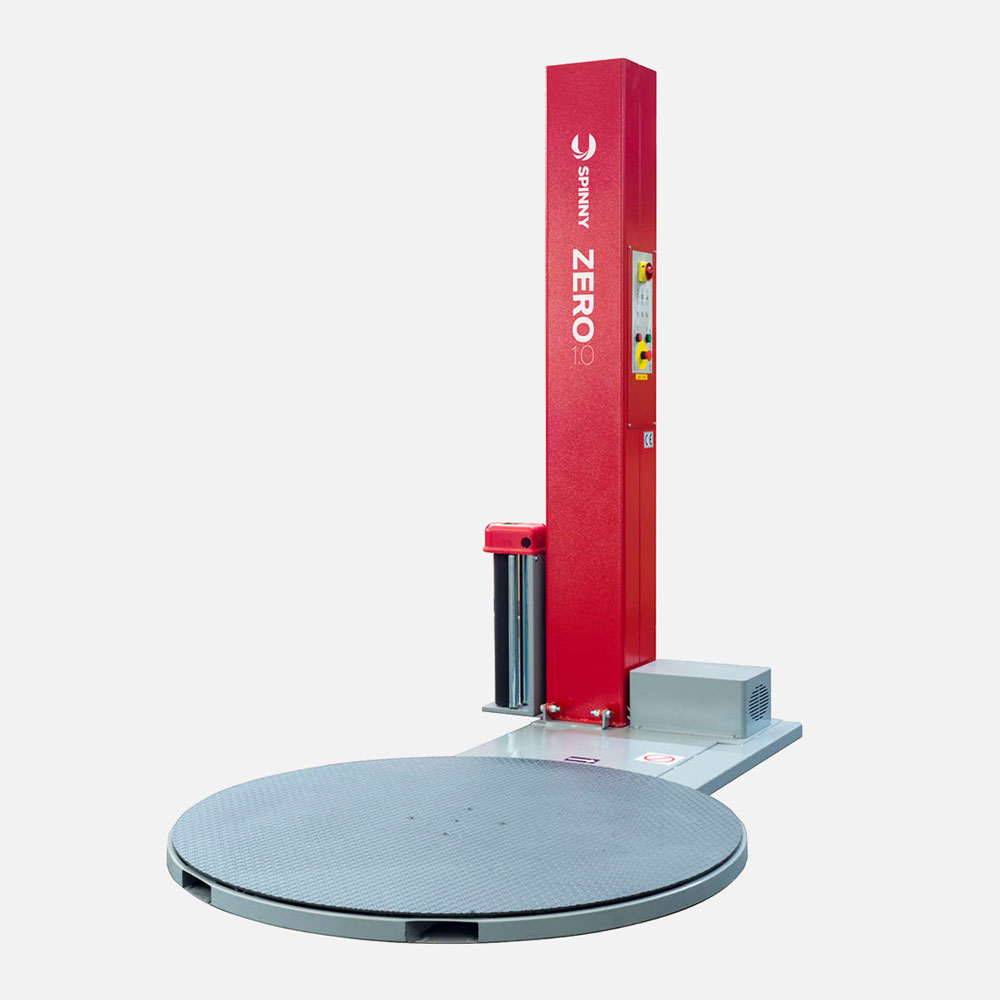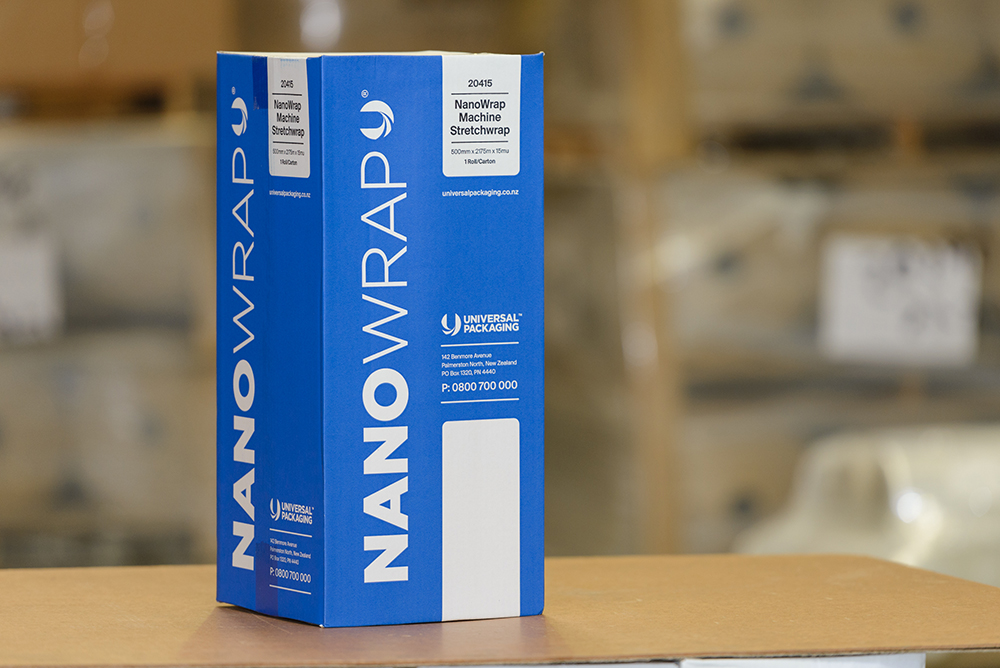Home » Welcome to pallet packaging
Welcome to pallet packaging
As New Zealand businesses grow from small start-ups to larger enterprises some will need to make the step from sending a few boxes to sending pallets. That’s why we’ve put this simple introduction together for manual and semi-automated pallet wrapping.

With our daily work of ‘optimised stretch points’ and ‘established load profiles,’ it’s easy to forget many companies may only occasionally wrap pallets. And some will give the process about the same level of attention as re-wrapping a half-eaten Subway foot-long*.
It’s easy to see why. Much of wrapping a pallet is simple common sense. However, there are still a large number of ways you can make small mistakes that can be costly over time. For the protection of your products and your people, for the environmental impact and the economic one, it is important to get every wrap right.
Here’s our introduction to binding together and sending secure…
A starting point to moving goods from A to B
Why it’s important
1: Packaging your goods correctly ensures they arrive at their destination safe and free from damage.
2: There are actually many different ways these goods can be damaged during transport. From bumps in the road to sudden braking, acceleration or sharp turns both the pallet and the contents wrapped within each pallet can be subject to considerable forces during transport.
3: As the shipper, it’s your responsibility that all pallets are packaged correctly. Damaged goods will be replaced by your business, and you are responsible for any safety issues that may come from incorrectly wrapped pallets. It can get expensive!

What to consider with your freight
1: What are you sending? Temperature and humidity can affect some products. So too will the tightness of the packaging and the consistency of the load profile need to be carefully assessed. Dangerous goods, excessively heavy or light goods, perishable goods, mixed or unbalanced goods – they all need to be wrapped specific ways.
2: Consider also other specific freight properties, things like whether it is fragile, or has sharp corners, or can be easily crushed or misshapen.
3: Once you have established accurate overall weight and dimensions for your freight it’s time to think about how to wrap it.
How to wrap it
1: If you’re wrapping between 1 and 15 pallets per day your business will most likely be wrapping pallets by hand. You’ll need to first choose an appropriate wrap gauge (the measurement for what amount of load weight the wrap can effectively maintain). The goal is to contain the load without using too much wrap. Then you’ll need to set the standard for every hand-wrapped pallet. For example, 3 wrap rotations around the bottom of the pallet, with 5-10 cm overlap on layers through the middle before another 3 wraps around the top.
2: If you’re wrapping upwards of 15-50 pallets per day (or planning to increase to a similar number), then it pays to go semi-automatic with a turntable pallet wrapper
3: There are also many instances where even those sending a small number of pallets daily will benefit from a semi-automated pallet wrapper like the Spinny Zero. With careful analysis we can provide the full ROI on an entry-level pallet wrapper.
4: If your pallets are heavy, unsteady and prone to movement during transport then hand wrap alone may not deliver the necessary results in load security. As well as using less wrap per pallet, a machine will apply consistent, secure wrap on such challenging loads.
What to wrap it with
1: There are a number of different products available depending on the product you’re wrapping, how far it’s travelling and where it will end up. From Clearwrap, Nanowrap and Futurewrap for the highest standards of efficiency to more specialised wraps like Weathershield, Polarshield and Wideweb, there’s something to suit your requirements.
2: There are a number of stretch wrap products that are also helpful for reducing the environmental impact of your freight. Products like Nanowrap and XTWrap also deliver more packaging strength while using less wrap than traditional products.
3: Our catalogue has a very handy section on matching the right freight with the right packaging. You can order a copy here.
If you are just beginning in with pallet wrapping we suggest one thing above all else: learn as much as you can before the wrong processes and products are put in place.
We’re always happy to talk through what’s needed to get every pallet wrapped tight and right. Get in touch today.
* Which, take it from us, should also be done very carefully.

